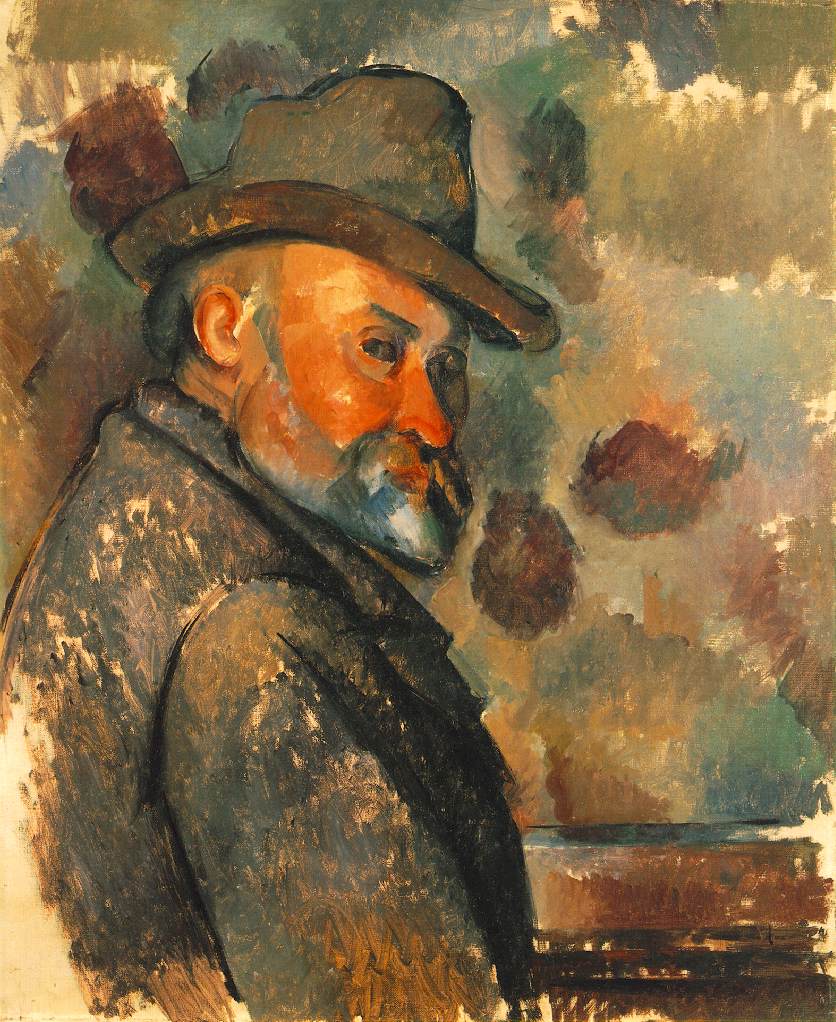 Paul CÉZANNE (1839-1906). Autoportrait au chapeau mou. 1894. 60 X 50. Tokyo, Bridgestone Museum of Art
Paul CÉZANNE (1839-1906). Autoportrait au chapeau mou. 1894. 60 X 50. Tokyo, Bridgestone Museum of Art Vincent VAN GOGH (1853-1890). Autoportrait. Septembre 1889. 65 X 54,5. Paris, Musée d'Orsy
Vincent VAN GOGH (1853-1890). Autoportrait. Septembre 1889. 65 X 54,5. Paris, Musée d'Orsyhttp://www.artchive.com/artchive/V/van_gogh/self_2_text.jpg.html
By the end of the nineteenth century, impressionism had run its course, although Renoir, Degas, and Monet continued to work well into the twentieth. But even while impressionism was still fighting for final recognition, new directions were being followed by several men whose art was to determine the course of painting in the first generation of the new century. Fanning out from impressionism, they explored independently. More than any other painters in the history of art, they developed their theories in isolation, and in contradiction to one another. They are grouped under the catch-all designation of post-impressionists, a term meaning nothing except that these men departed from impressionism to find new ways of painting. The ways they found were too various to be covered by a more descriptive designation; at least so far, no better collective term has abeen found to describe the art of Paul Cézanne, Georges Seurat, Paul Gauguin, and Vincent van Gogh [all of whom, incidentally, died before Renoir, Degas, and Monet--even by as much as thirty-five years, to take the extreme limts betwen the death of Seurat, who died very young, and Monet, who died very old]. The point is made at such length only to remind the reader that chapters in a book follow one another between neater boundary lines than do the birth and death dates of painters or, especially in our time, the genesis and development of new expressions in art. . .
John CANADAY. Mainstreams of Modern Art. New York, Simon and Schuster, 1961

